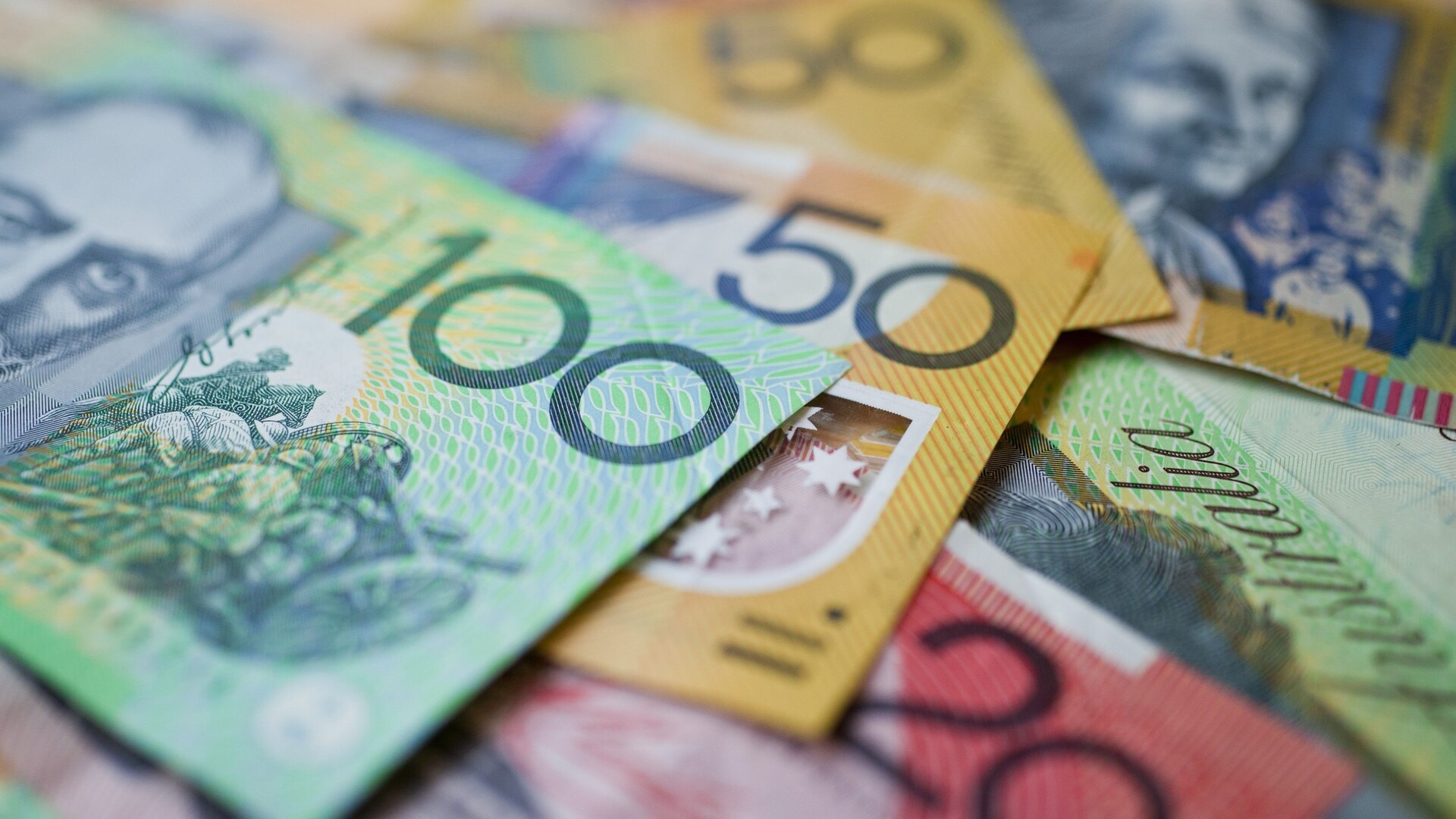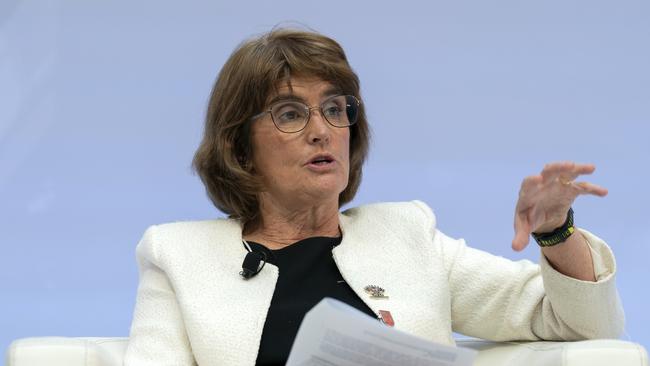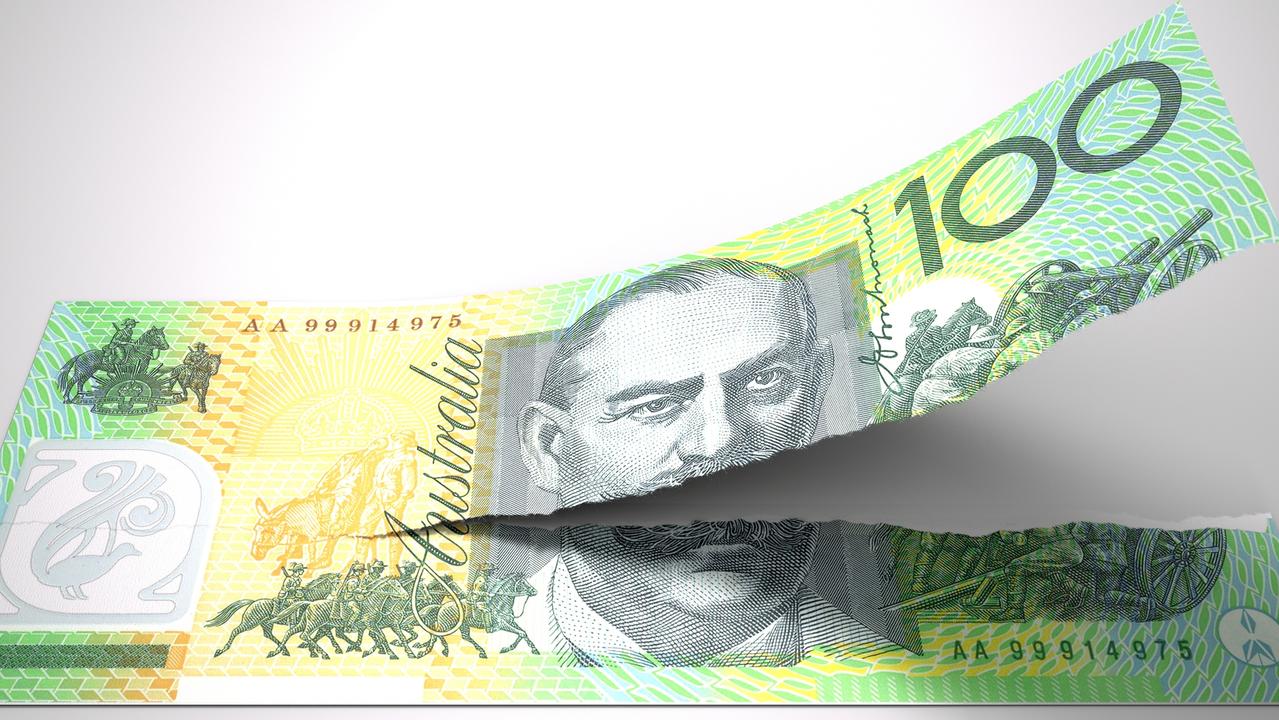Inflation: March inflation falls to lowest level since December 2021, firming up rate cut chances
Key inflation figures have fallen, paving the way for a May interest rate cut. Here’s what it means for you.

Business
Don't miss out on the headlines from Business. Followed categories will be added to My News.
A stronger-than-expected inflation rate for the March quarter has kept the Reserve Bank on notice, but growing risks to economic growth are likely to tip the balance in favour of a rate cut when the board meets in three weeks.
Headline consumer prices rose 0.9 per cent over the quarter, lifting annual inflation to 2.4 per cent – a touch above market expectations of 2.3 per cent.
Under the hood, however, the central bank’s preferred measure of underlying inflation, the trimmed mean, slowed more than anticipated, falling to 2.9 per cent annually from 3.3 per cent in December.
That marks the lowest rate in more than three years and puts core inflation back inside the RBA’s 2–3 per cent target band for the first time since 2021.
While the firmer quarterly outcome may appear to complicate the RBA’s path, most economists believe the board will shift its focus to the deteriorating growth outlook and act pre-emptively to support the economy.
“We still expect the RBA to cut interest rates by 25 basis points at the May meeting,” IG market analyst Tony Sycamore said.
“The softness in services inflation, the downside risks from global demand, and a benign near-term inflation trajectory give them cover to move.”
Markets are overwhelmingly in agreement, with interest rate futures pricing in a 95 per cent chance of a May cut and 117 basis points of easing in total over the remainder of the year.
VanEck head of investments and capital markets Russel Chesler said a rate cut was the most likely outcome, even if not strictly warranted by the current data.
“We don’t believe a cut is necessary based on macro conditions, including the tight labour market, resilient retail sales and rebound in house prices,” he said.
“We would like to see a longer run of the trimmed mean within the RBA’s target before we start sharpening the knife for further rate cuts.”
Canstar analysis shows that a 25 basis point cut would reduce mortgage repayments on a typical $600,000 loan by $92 per month, $115 on a $750,000 loan and $154 each month for a $1m mortgage.
Much of the quarterly price pressure stemmed from one-off or seasonal factors.
Housing costs rose 1.7 per cent, driven by a 16.3 per cent jump in electricity prices as state-based energy rebates rolled off.
Education costs jumped 5.2 per cent with the start of the school year, while fruit and vegetable prices climbed 2.8 per cent amid reduced supply.
But outside those categories, inflation was modest.
Services inflation eased for a third straight quarter, slipping to 3.7 per cent – the lowest since mid-2022 – as cost pressures in rents and insurance abated.
For Australian households, the inflation data points to a mixed picture: while essential costs like power, groceries and school fees are still rising, broader price growth is slowing.
Any reduction in the cash rate would provide welcome breathing room for mortgage holders still absorbing the full impact of 13 rate hikes since May 2022.
Lower borrowing costs could also help lift consumer confidence, which remains subdued amid soft wages growth and weak discretionary spending – factors that have contributed to a record number of business failures.

Still, risks remain.
A surprise uptick in goods inflation – rising to 1.3 per cent annually from 0.8 per cent – raises questions about how quickly price pressures are easing.
Global commodity markets, geopolitical tensions and the pace of China’s recovery could all influence inflation in the months ahead.
But for now, the trend appears to be working in the RBA’s favour.
“Trimmed mean inflation has now fallen for nine consecutive quarters,” ABS acting head of price statistics Leigh Merrington said.
“It’s the clearest sign yet that inflation is sustainably returning to target.”
With that milestone met, and with economic momentum clearly fading, the RBA appears poised to shift gears – from a central bank fighting inflation to one cushioning a slowing economy.
More Coverage
Originally published as Inflation: March inflation falls to lowest level since December 2021, firming up rate cut chances




